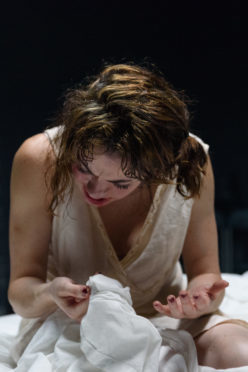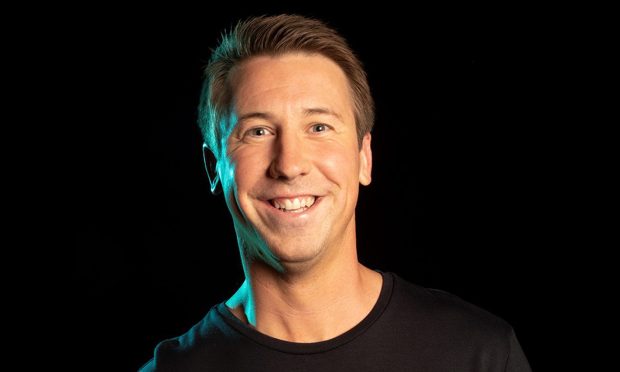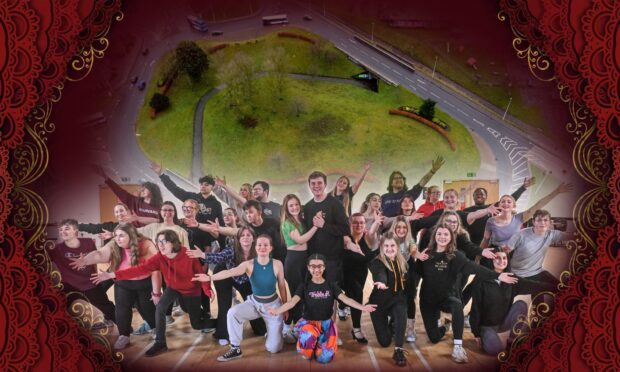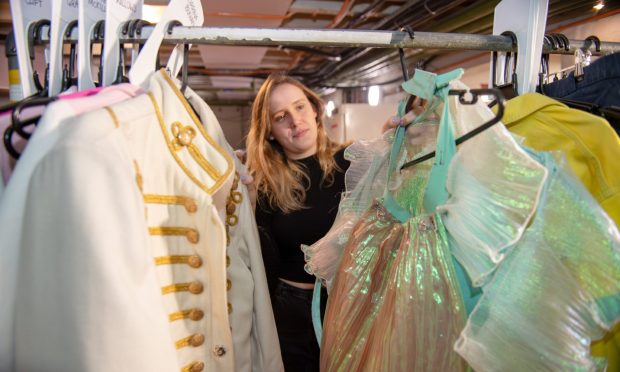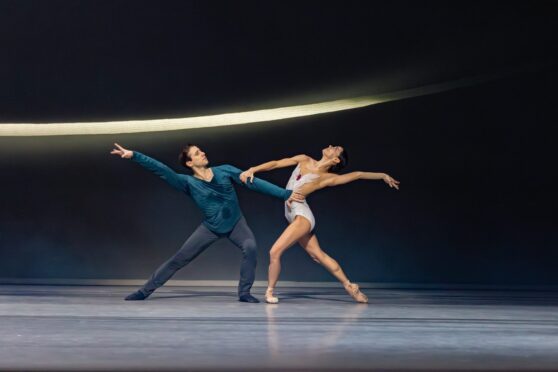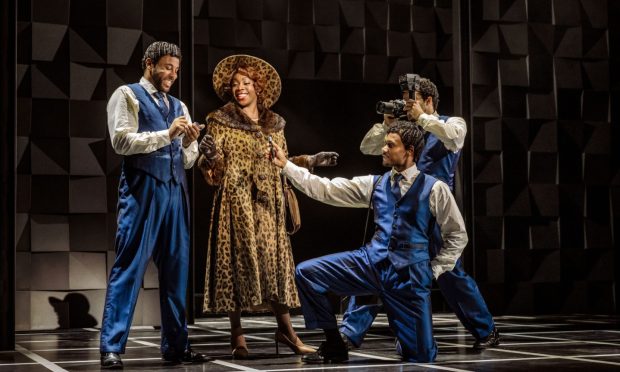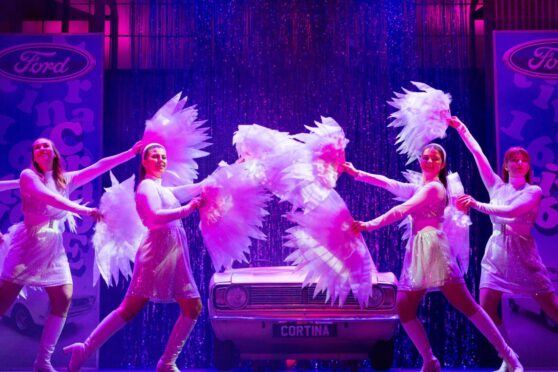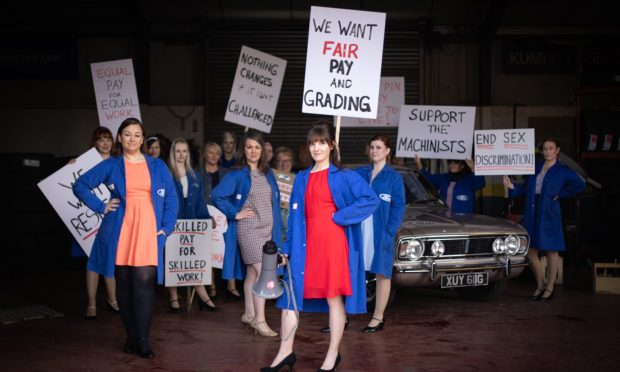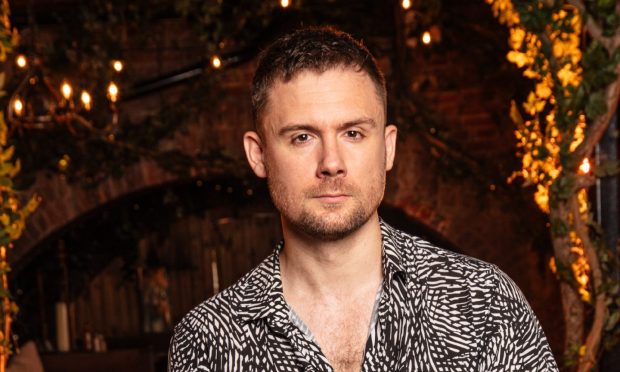A cleverly concentrated new take on Macbeth played to a full house in the One Touch Theatre at Eden Court, Inverness.
The Macbeths is a one act, two-hander by Glasgow’s Citizen’s Theatre, currently on tour nationwide while the Citz is closed for redevelopment.
In this version, Irish actress Lucianne McEvoy takes the role of Macbeth, while Charlene Boyd is Lady Macbeth- a same sex couple to resonate with our times, so far so good.
Played in the round, a bed with white rumpled sheets dominates the scene.
Director Dominic Hill makes ingenious use of the four drawers in the base of the bed as an on-set props cupboard from which are produced a series of items which startle – like the two bloody daggers used to kill Duncan’s guards- or move the viewer, like the children’s toys to which Lady Macbeth is increasingly drawn in her disintegration.
Or they fill in gaps, like the tape recorder, which plays the witches’ refrain and snatches of other dialogue. Macbeth plays these over and over in her own sound and fury.
‘The Scottish Play’ as superstitious theatre land prefers to call it, deeming the production cursed if anyone mutters the M word, has some of Shakespeare’s most deeply resonant, most quoted verses, masterfully (mistressfully?) encompassed by dramaturg Frances Poet.
They’re so well-known, almost in the DNA of any native- English speaker, that actors must tremble to say them. How to say them convincingly and with freshness?
McEvoy and Boyd reach into themselves as far as they can. But there is a problem. It’s not what’s there, it’s what missing.
Old fashioned testosterone. The dynamic between two women just isn’t the same without it. My understanding of the psychology of this murderous couple is founded on the manipulative, scheming, snake-like power a woman can exercise over a man.
Boyd, dressing and undressing and putting on make-up, fails to move her wife in the wily way a woman can use to turn a red-blooded man to putty.
The two women seem to move in parallel shadows, rather than the tempestuous, Mars and Venus zone where the opposite sexes collide.
